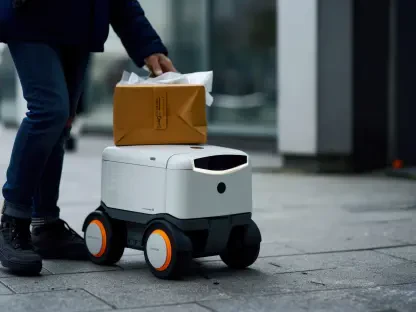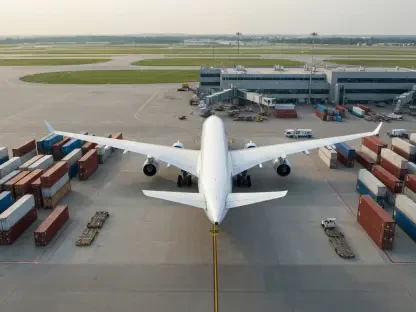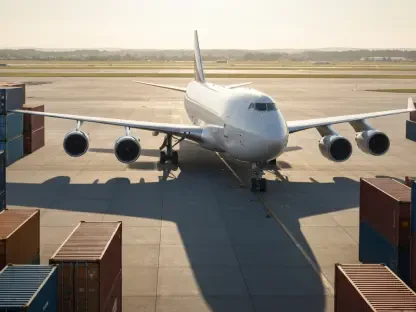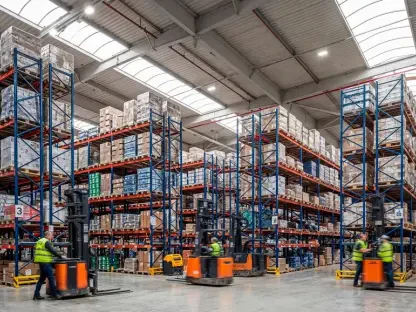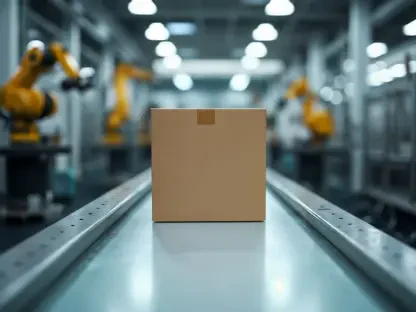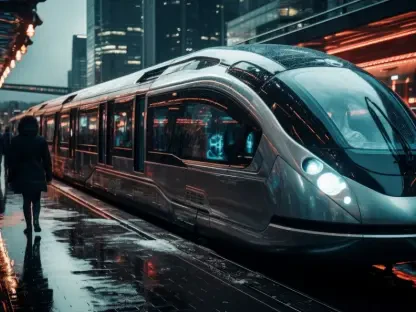With a remarkable career in logistics and a keen eye for technological advancements, Rohit Laila sits down to discuss the significance of Alstom’s latest venture in the U.S. rail industry. Alstom has opened Plant 4, a cutting-edge manufacturing facility in Hornell, N.Y. This development marks a significant shift in production strategy, emphasizing its impact on the local economy and the broader rail industry in the U.S.
Can you share the significance of the new Plant 4 facility in Hornell for Alstom’s operations in the U.S.?
Plant 4 is a pivotal addition to Alstom’s operations. By introducing a 135,000-square-foot facility dedicated to producing stainless steel car body shells, it significantly ramps up our capacity. This move not only enhances our ability to meet domestic demand efficiently but also solidifies Hornell’s position as a major hub for passenger train manufacturing in the U.S.
What were the primary reasons behind the decision to reshore production from Brazil to the United States?
The decision to reshore production was driven by a combination of strategic and economic factors. By shifting manufacturing from Brazil to Hornell, we reduce logistical complexities and lead times, enabling us to respond more swiftly to our U.S. customers’ needs. Additionally, strengthening U.S. supply chains is crucial for enhancing national resilience and job creation.
How does the new facility bolster Hornell’s status as a central hub for train manufacturing in the country?
Hornell is now reinforced as the largest passenger train manufacturing site nationwide due to the capabilities of Plant 4. The facility’s presence not only cultivates a concentration of skilled labor but also attracts further industry-related developments to the area, cementing Hornell’s prominence in rail manufacturing.
In what ways does Alstom’s investment in Plant 4 strengthen domestic supply chains for the U.S. rail industry?
Investing in Plant 4 allows us to streamline our production processes locally, which significantly enhances supply chain efficiency. By sourcing and processing materials within the U.S., we reduce dependency on international logistics, thereby making the supply chain more resilient to global disruptions.
Could you elaborate on the role of James W. Griffin in advocating for Hornell as a rail industry leader?
James W. Griffin was instrumental in championing Hornell’s reputation as a center of rail excellence. His efforts with the City of Hornell Industrial Development Agency paved the way for essential industry developments and helped leverage Hornell as a critical location for the rail sector, spearheading initiatives that have brought jobs and innovation to the area.
What types of projects will Plant 4 support, and can you provide more details about its first project with Chicago’s Metra system?
Plant 4 is set to support various projects with its state-of-the-art manufacturing capabilities. Its first project involves developing 200 multilevel commuter rail cars for Chicago’s Metra system, a significant undertaking that highlights our commitment to delivering modern, reliable rail solutions in key metropolitan areas.
How does Alstom’s commitment to American manufacturing influence job creation and economic growth in New York’s Southern Tier?
Our commitment is a boon for the local economy, creating an estimated 258 new jobs while securing 390 existing positions. This kind of job creation underpins growth in the Southern Tier, fostering a virtuous cycle of economic activity that supports communities around Hornell.
Can you explain the collaboration with federal, state, and local agencies to bring this project to fruition?
Plant 4’s development was made possible through vital support from a range of government agencies. Collaborative efforts with entities like New York Empire State Development and the U.S. Department of Labor ensured the necessary fiscal and logistical support, including grants and tax credits crucial for the project’s realization.
What technological advancements, such as AI and robotics, have been integrated into Plant 4’s production processes?
The integration of AI and robotics at Plant 4 represents a technological leap. Automated welding robots utilize advanced AI to ensure precision in manufacturing, offering immense accuracy down to a millimeter in welding tasks, thus enhancing both speed and quality of production.
How do these advancements enhance the quality and cost-effectiveness of train production?
These technological innovations lead to superior precision and reduced human error, which directly translates into higher quality products. They also enhance cost-effectiveness by streamlining operations and reducing waste, ultimately resulting in a more competitive offering for our customers.
Can you provide more details on the types of jobs that will be created and sustained with this expansion in Hornell?
The expansion is expected to produce a range of jobs, especially in advanced fields like mechatronics engineering and robotics. In addition, the facility will support roles in management, logistics, and traditional manufacturing, ensuring a broad spectrum of employment opportunities for the local workforce.
How does this expansion fit into Alstom’s broader vision and strategy for the future of train manufacturing in the U.S.?
Plant 4 is a crucial element in our long-term strategy to expand U.S. operations and enhance our domestic production capabilities. It aligns with our vision of providing cutting-edge rail solutions that meet American standards and demands, thus strengthening our leadership in the rail sector.
What do you hope to achieve with Plant 4 in the long run, both for Alstom and the Hornell community?
In the long run, Plant 4 aspires to be a beacon of innovation and growth. For Alstom, it promises sustained leadership in rail manufacturing, and for Hornell, it means economic prosperity and job security, positioning the community as a vital player in the national rail industry landscape.



